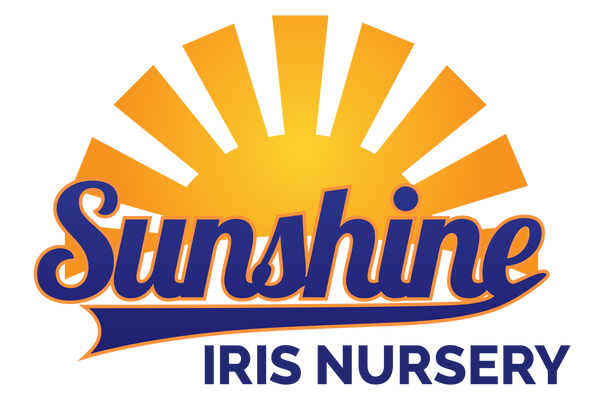At Sunshine Iris Nursery we sell bearded iris but there is sometimes confusion about other types of irises grown.

Here is a diagram of different types of irises from the Iris Society of Australia. As is shown on the diagram, irises come as two different types – those that grow as bulbs and those that have a rhizome.
Bulbs are usually more rounded and have layers like an onion. They are usually dormant for part of the year and may lose their leaves. The most common bulb iris is the Dutch iris.
Rhizomes grow horizontally under the ground and reproduce by sending out new nodes after the plant has flowered. They can be beardless, bearded or crested.
Beardless irises attract bees by displaying a bright colour at the top of the falls, often called a signal. Varieties of beardless irises include Louisiana, Spuria, Siberian, Japanese, and Pacific Coast irises.
Bearded irises have a fuzzy caterpillar like shoot at the top of the falls which can come in many colours and entices bees into the flower. Bearded irises are sold as Tall - usually over 70 cm tall, flowering from early September to late November; Median - usually between 40 and 70 cm tall, flowering from mid September to late November or Dwarf - usually below 40cm tall, flowering from early September to mid October. Bearded irises can also be an Aril variety.
Crested irises are a much smaller group and they have a small raised area called a crest instead of a signal or beard.

